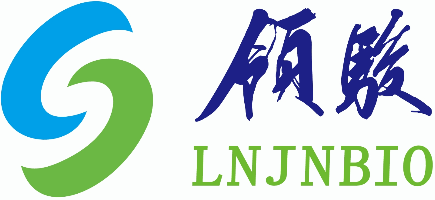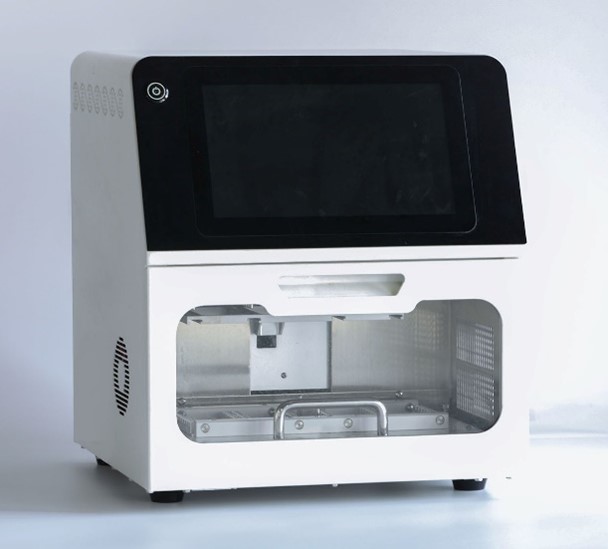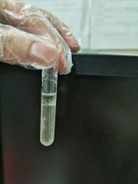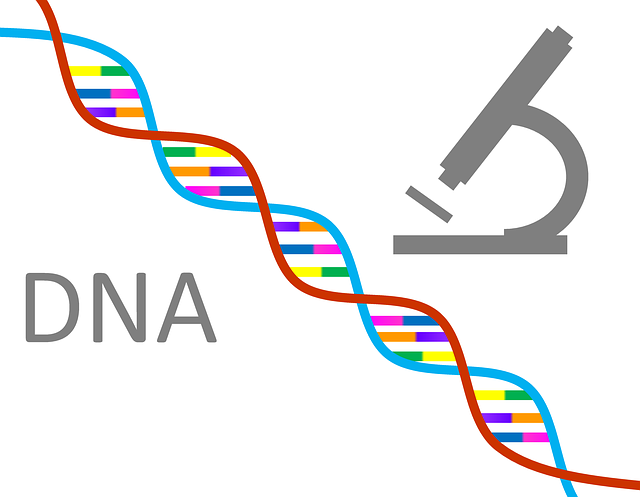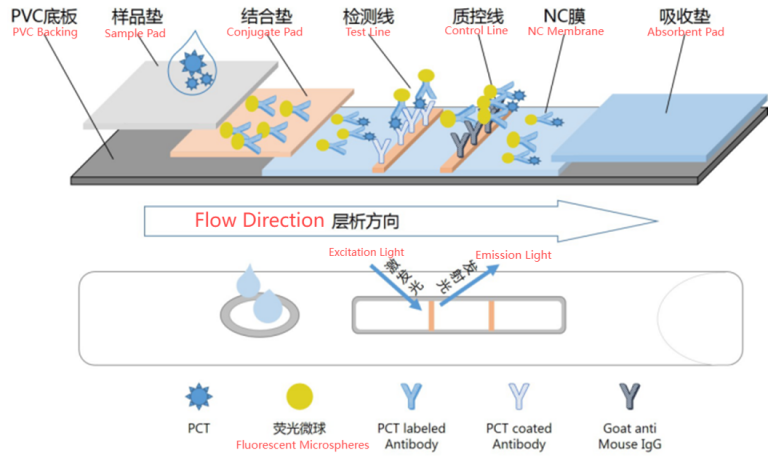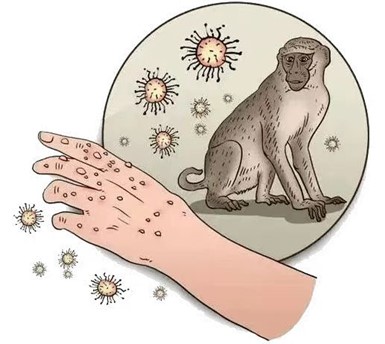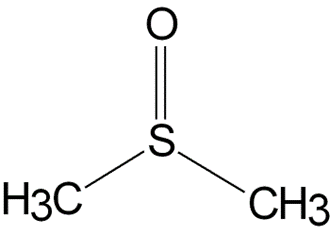Professional Manufacturer of Biomagnetic Beads
The components and functions of various reagents for extracting DNA by the magnetic bead method are as follows.
1. Lysis Buffer
(1) SDS (Sodium Dodecyl Sulfate): An anionic surfactant that disrupts cell membrane structures, releasing cellular contents. It can break hydrogen bonds between and within molecules, causing molecular unfolding and destroying the secondary and tertiary structures of proteins, leading to protein denaturation. Under high-temperature conditions, it can disrupt the binding between proteins and nucleic acids, promoting the release of nucleic acids.
(2) Triton X-100(Polyethylene Glycol Octylphenyl Ether): A non-ionic surfactant that is stable in water and not easily dissociated, and is not significantly affected by strong electrolyte inorganic salts. Its function is to form soluble complexes with lipids such as phospholipids in biological membranes; its hydrophobic end can also form complexes with the hydrophobic regions of membrane proteins, dissolving in the solution. It is mainly used in biological experiments such as cell lysis and protein extraction.
(3) Proteinase K: A potent protein-dissolving enzyme isolated from Candida albicans, with a high specific activity, it is a key reagent for nucleic acid extraction. Its primary function is to enzymatically hydrolyze histones bound to nucleic acids, allowing nucleic acids to be free in the solution.
(4) Guanidine Thiocyanate(GITC): A strong protein denaturant that can rapidly dissolve proteins, disrupt cell structures, separate nucleic acids from proteins, and inhibit the activity of nucleases, protecting nucleic acids from degradation.
(5) EDTA(Ethylenediaminetetraacetic Acid): A chelating agent that can chelate metal ions such as calcium and magnesium in the solution, inhibiting the activity of nucleases that depend on metal ions, and preventing nucleic acids from being degraded.
(6) Tris-HCl: The buffer maintains the pH relative stability of the lysis buffer, providing a suitable acidic or alkaline environment during the nucleic acid extraction process.
2. Binding Buffer
(1) High Concentration Salts(such as NaCl, MgCl2, etc.): Promote the binding of nucleic acids to the surface of magnetic beads. Salt ions can neutralize the negative charges of nucleic acids in a high-salt environment, reducing the electrostatic repulsion between nucleic acids and magnetic beads, making nucleic acids more easily adsorbed onto the surface of magnetic beads.
(2) Magnetic Beads: Surface-modified with specific active groups, such as silanol or carboxyl groups, which can specifically bind to nucleic acids by hydrogen bonds, electrostatic interactions, etc., achieving the adsorption and enrichment of nucleic acids. Common types include superparamagnetic silica-based magnetic beads and carboxyl magnetic beads.
3. Washing Buffer
(1) Low Concentration Salts (such as NaCl): Maintain a certain ionic environment, which helps to remove impurities without affecting the binding of nucleic acids to magnetic beads.
(2) Ethanol: Commonly used in the washing step, it can remove residual proteins, salts, and other impurities, making nucleic acids purer. Ethanol reduces the polarity of the solution, making impurities more easily separable from nucleic acids, and also helps to stabilize the binding of nucleic acids on the surface of magnetic beads.
(3) Elution Buffer
(4) Low Salt or Salt-Free Buffer (such as TE Buffer, Tris-HCl Buffer, etc.): Can disrupt the binding force between nucleic acids and magnetic beads, allowing nucleic acids to be eluted from the surface of magnetic beads. These buffers are usually weakly alkaline, which can neutralize the negative charges on the surface of magnetic beads, reducing the electrostatic interaction between nucleic acids and magnetic beads, thereby releasing nucleic acids into the solution, and achieving the elution and purification of nucleic acids.
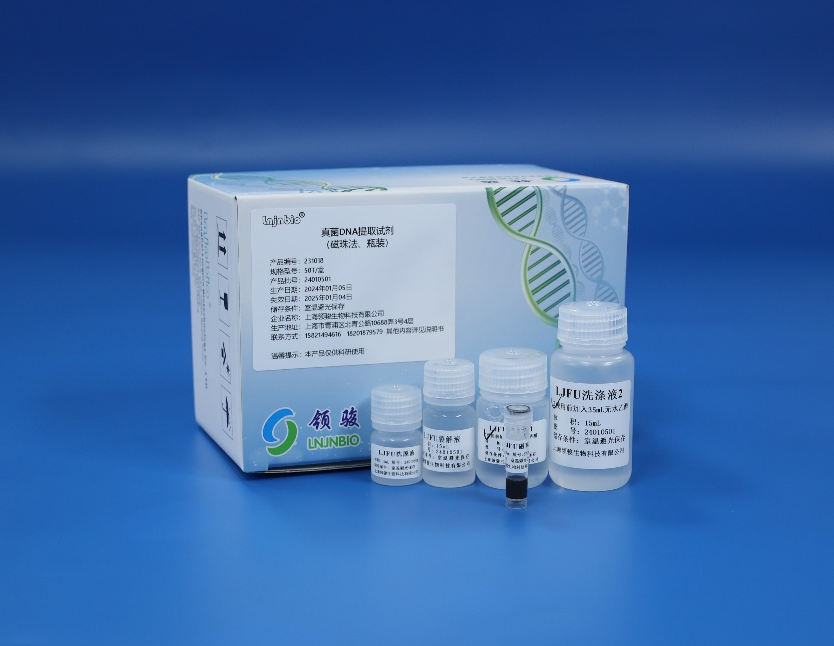
In summary, the magnetic bead method for nucleic acid extraction achieves efficient extraction and purification of nucleic acids by carefully designed reagent components and optimized operating procedures. This technology not only improves experimental efficiency but also ensures the quality of nucleic acids, providing a solid foundation for subsequent molecular biology research and clinical diagnosis.
Supplier
Shanghai Lingjun Biotechnology Co., Ltd. was established in 2016 which is a professional manufacturer of biomagnetic materials and nucleic acid extraction reagents.
We have rich experience in nucleic acid extraction and purification, protein purification, cell separation, chemiluminescence, and other technical fields.
Our products are widely used in many fields, such as medical testing, genetic testing, university research, genetic breeding, and so on. We not only provide products but also can undertake OEM, ODM, and other needs. If you have a related need, please feel free to contact us at sales01@lingjunbio.com.
